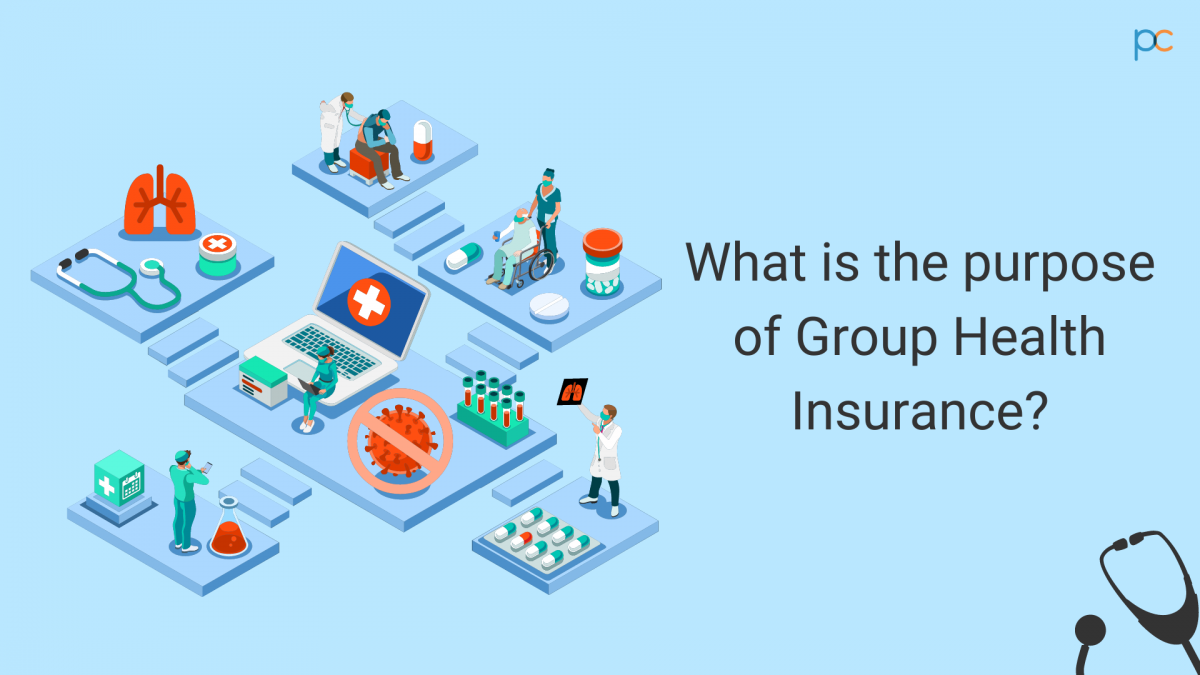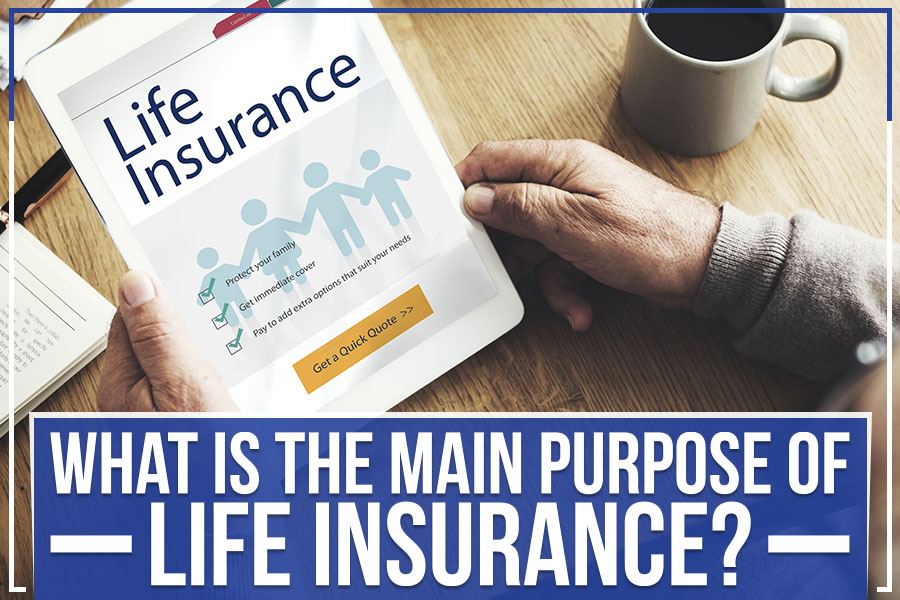See This Report on Pacific Prime
Table of ContentsLittle Known Facts About Pacific Prime.Examine This Report about Pacific PrimeSome Ideas on Pacific Prime You Should KnowThe Main Principles Of Pacific Prime
In the majority of states, the insurance provider is needed to send you a copy of the changes to your policy. It is essential that you read Endorsements or Bikers so you understand how your plan has actually transformed and if the plan is still appropriate to meet your needs. To obtain a duplicate of your insurance coverage plan, please contact your insurance policy agent or business.
The Institute of Medicine (IOM) Committee on the Effects of Uninsurance launches a prolonged evaluation of proof that addresses the relevance of health insurance policy coverage with the publication of this record. Insurance coverage Matters is the first in a series of 6 records that will be issued over the next 2 years recording the fact and repercussions of having actually an estimated 40 million individuals in the USA without medical insurance protection.

What Does Pacific Prime Mean?
The goal of this collection of researches is to refocus plan attention on a longstanding issue. Complying with the longest economic expansion in American background, in 1999, an estimated one out of every six Americans32 million adults under the age of 65 and even more than 10 million childrenremains without insurance (Mills, 2000).

Ten percent of the populace make up 70 percent of wellness treatment expenses, a relationship that has remained continuous over the past three decades (Berk and Monheit, 2001) - expat insurance. Therefore wellness insurance remains to offer the feature of spreading out risk even as it increasingly funds routine treatment. From the viewpoint of healthcare companies, insurance policy lugged by their individuals aids secure a revenue stream, and communities benefit from monetarily practical and stable health and wellness treatment specialists and organizations
Federal government supplies wellness insurance policy to populaces whom the exclusive market might not offer properly, such as impaired and seniors, and populaces whose access to healthcare is socially valued, such as children and expecting ladies. The utmost ends of wellness insurance policy coverage for the private and neighborhoods, consisting of work environment communities of workers and employers, are improved wellness end results and quality of life.
Excitement About Pacific Prime
Staff members place medical insurance initially without a doubt in relevance among all the advantages offered in the work environment (Salisbury, 2001). There have actually been large investments of personal and public funds to supply health and wellness insurance policy, numerous individuals still have no protection. In spite of comprehensive coverage of study searchings for and wellness treatment study results, the public continues to be baffled and misinformed regarding Americans without medical insurance and the effects of doing not have insurance coverage.

Without inquiry, the intricacy of American wellness care funding systems and the wide range of sources of information include to the general public's complication and hesitation concerning wellness insurance policy stats and their analysis. This report and those that will adhere to purpose to distill and present in conveniently easy to understand terms the substantial study that bears upon inquiries of medical insurance protection and its significance.
Fifty-seven percent of Americans questioned in 1999 thought that those without wellness insurance policy are "able to obtain the treatment they require from medical professionals and hospitals" (Blendon et al., 1999, p. 207). In 1993, when nationwide focus was concentrated on the troubles of the without insurance and on pending healthcare legislation, just 43 percent of those questioned held this idea (Blendon et al., 1999).

They additionally obtain less precautionary services and are much less most likely to have regular care for persistent problems such as hypertension and diabetes. Persistent conditions can lead to pricey and disabling difficulties if they are not well taken care of (Lurie et al., 1984; Lurie et al., 1986; Ayanian et al., 2000). One national survey asked even more than 3,400 grownups concerning 15 highly serious or morbid problems.
The Definitive Guide for Pacific Prime
Extra evidence exists later on in this chapter in the discussion of insurance coverage and accessibility to healthcare. https://www.4shared.com/u/V2DOm1s8/pacificpr1me.html. Individuals without medical insurance are young and healthy and pick to go without coverage. Nearly half (43 percent) of those checked in 2000 believed that individuals without health and wellness insurance policy are most likely to have health issue than people with insurance policy
Voters and policy manufacturers in focus team discussions define those without insurance coverage as youngsters that have the possibility to be covered and feel they do not need it (Doorperson Novelli, 2001). Contrasted to those with at least some exclusive coverage, the without reference insurance are less likely to report remaining in exceptional or very excellent health and wellness (Agency for Health Care Study and Quality, 2001).
SOURCE: Center for Price and Financing Research Studies, Firm for Healthcare Research Study and Top quality, based on MEPS data. Young person between 19 and 34 are even more most likely to lack health and wellness insurance policy than any other age. This is mainly due to the fact that they are much less frequently qualified for employment-based insurance policy as a result of the nature of their job or their short period in it.
The assumption that individuals without insurance have better-than-average health and wellness adheres to from confusing the fairly young age account of the without insurance with the better health, on average, of younger persons. This obscures the link between health condition and medical insurance. For those without access to workplace medical insurance, poor health is a potential obstacle to purchasing nongroup coverage because such coverage might be very valued, leave out pre-existing problems, or be just not available.